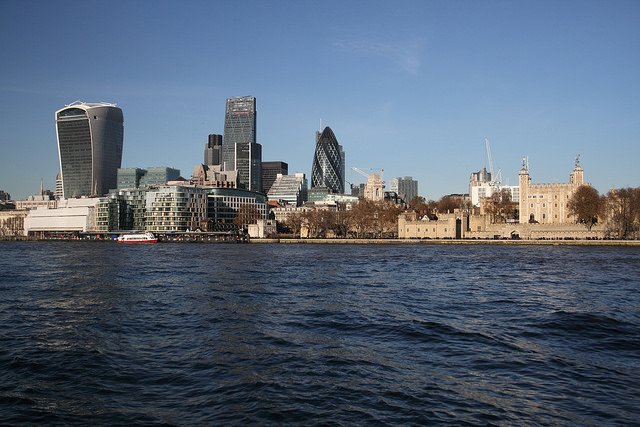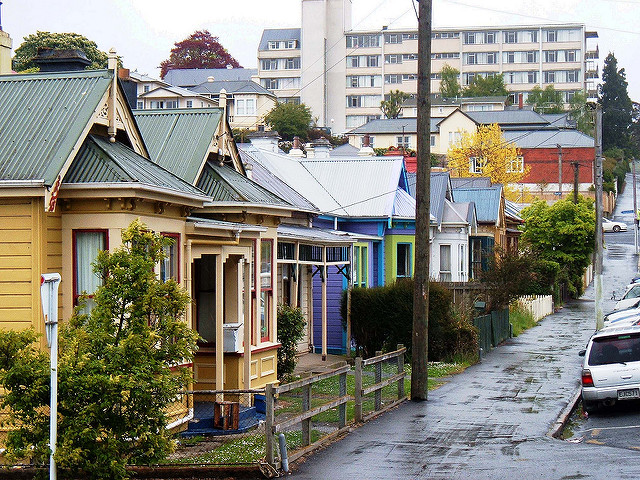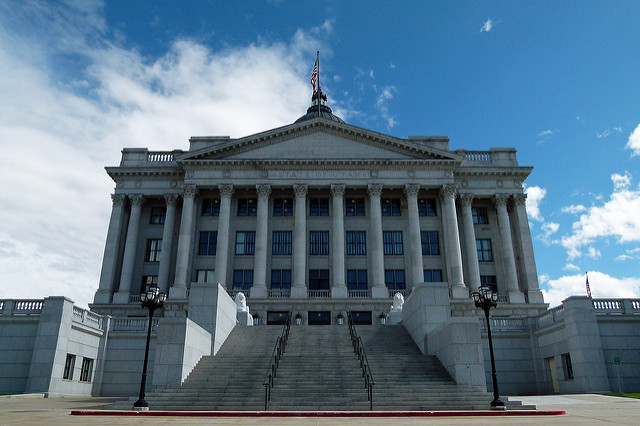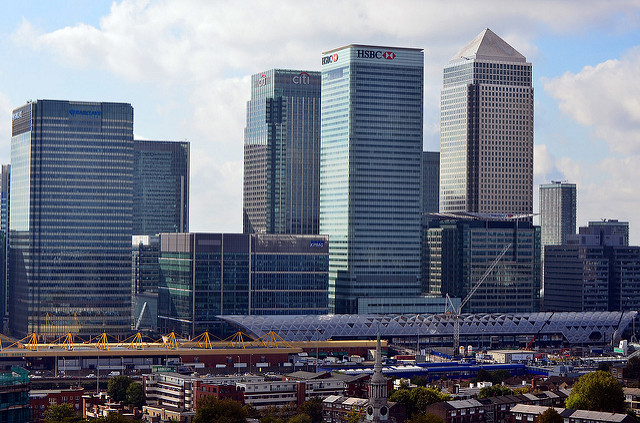The number of asylum applications to the UK has dropped, but the UK government said it is not removing failed applicants from the country fast enough. There were 6,220 asylum applications to Britain, excluding dependants, between April and June this year against 7,915 in the same period last year, a fall of 21%.
The figure is also an 11% drop on applications in the first quarter of this year.





